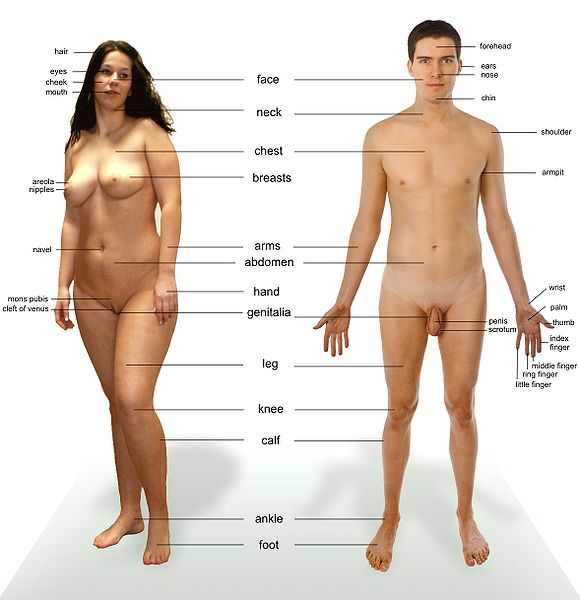Gluteal muscle
The gluteal muscles are the three muscles that make up the buttocks: the gluteus maximus muscle, gluteus medius muscle and gluteus minimus muscle.
The gluteal muscles
The gluteus maximus is the largest of the gluteal muscles and one of the strongest muscles in the human body. It inserts at the iliotibial band and the gluteal tuberosity of the femur. Its action is to extend and to laterally rotate the hip, and also to extend the trunk.
Problems associated with the gluteal muscles
Sitting for long periods can lead to the gluteal muscles atrophying through constant pressure and disuse. This may be associated with (although not necessarily the cause of) lower back pain, difficulty with some movements that naturally require the gluteal muscles, such as rising from the seated position, and climbing stairs. Some attribute severe menstrual cycles including mood swings and irritability to gluteal muscle atrophy, however, there are a vast array of known contributors to dysmenorrhoea, and currently clinical evidence of such a causative association is lacking.
The bulk of the gluteal muscle mass contributes only partially to shape of the buttocks. The other major contributing factor is that of the panniculus adiposus of the buttocks, which is very well developed in this area, and gives the buttock its characteristic rounded shape. Although the gluteal muscle bulk and tone can be improved with massage and exercise, it is the disposition of the overlying panniculus adiposus which may be responsible for the "sagging butt" phenomenon. Exercise in general (not only of the gluteal muscles but of the body in general) which can contribute to fat loss can lead to reduction of mass in subcutaneal fat storage locations on the body which includes the panniculus, so for leaner and more active individuals, the glutes will more predominantly contribute to the shape than someone less active with a fattier composition. The degree of body fat stored in various locations such as the panniculus is dictated by genetic and hormonal profiles.
These photos are presented for the purposes of identifying various body parts
| Images of Human Body |
|---|
Chat rooms • What links here • Copyright info • Contact information • Category:Root

